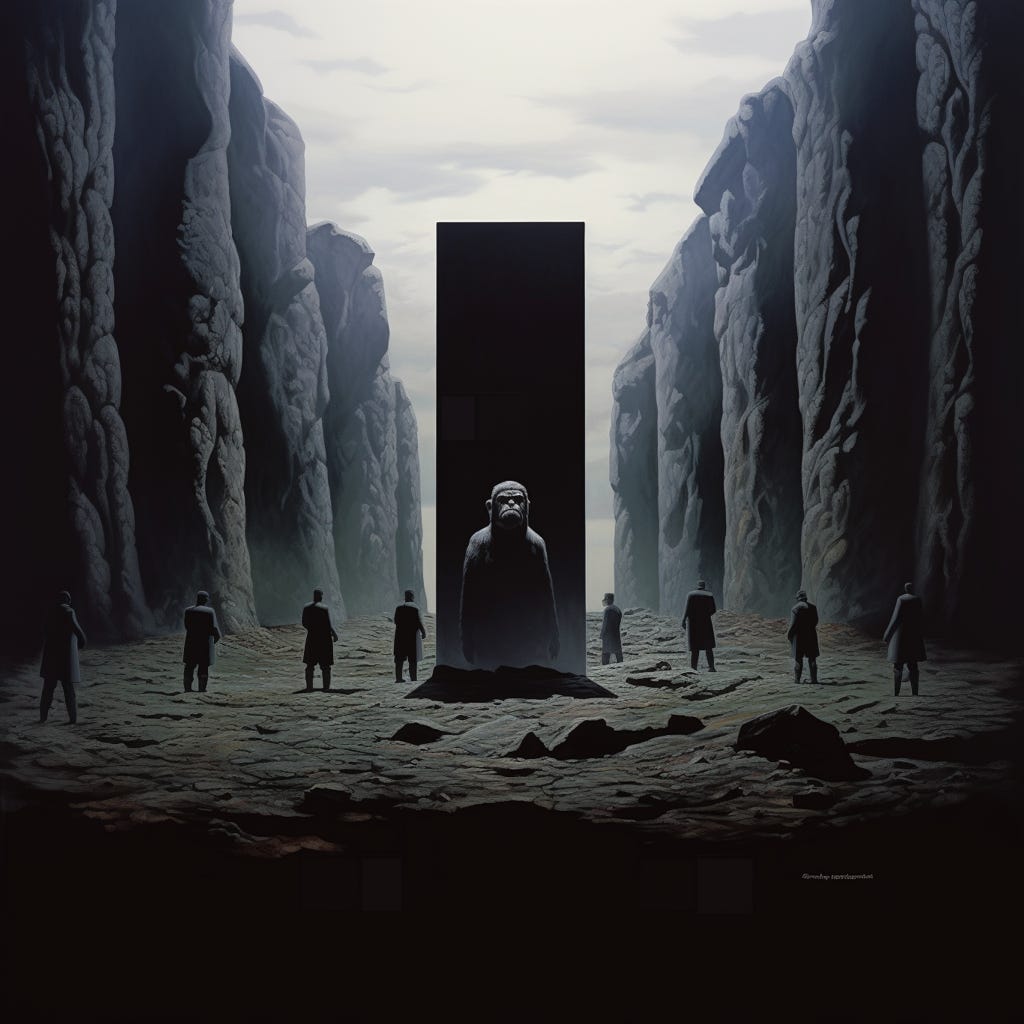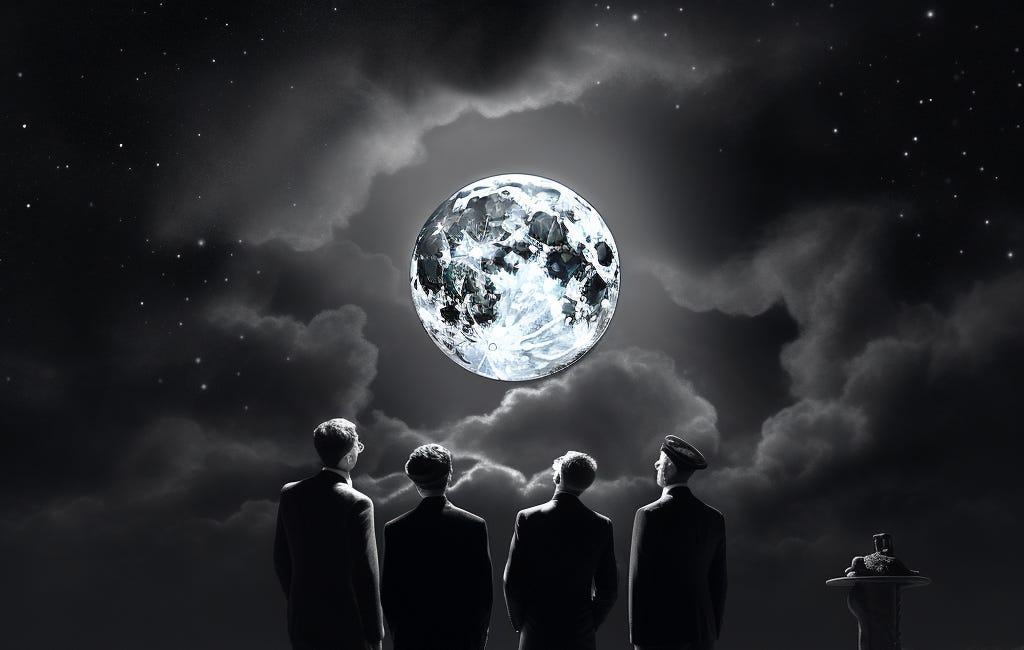Stanley Kubrick's Monumental Impact on Science Fiction Cinema
Stanley Kubrick was a master of crafting immersive worlds within his films, and this talent was nowhere more evident than in his science fiction works.
Stanley Kubrick, the maestro of cinema, is a name that resonates through the annals of film history. While his filmography spans a wide array of genres, it's his contributions to science fiction that have left an indelible mark on the genre. Kubrick's visionary storytelling, meticulous attention to detail, and unwavering commitment to pushing cinematic boundaries have forever changed the landscape of science fiction cinema.
In this exploration, we embark on a journey through the cinematic universe crafted by the legendary director. From the stark, sterile interiors of "2001: A Space Odyssey" to the eerie, dystopian landscapes of "A Clockwork Orange," Kubrick's films have consistently pushed the boundaries of storytelling and visual artistry. His impact on science fiction cinema is nothing short of revolutionary, and we'll delve into the key aspects that make his work so enduringly influential.
Aesthetic Innovation: Crafting Immersive Worlds
Stanley Kubrick was a master of crafting immersive worlds within his films, and this talent was nowhere more evident than in his science fiction works. "2001: A Space Odyssey," released in 1968, was a groundbreaking achievement in terms of visual effects and realistic portrayal of space travel. Kubrick and his team's dedication to scientific accuracy set a new standard for how the genre could be presented on the big screen. The film's meticulous attention to detail, from the way objects floated in zero gravity to the eerie silence of space, transported audiences to the cold, sterile expanse of outer space like never before. It was a cinematic achievement that not only advanced the genre but also changed the way filmmakers approached the depiction of space and technology.
Philosophical Depth: Exploring Humanity's Place in the Universe
Beyond the visual spectacle, Kubrick's science fiction films delved into profound philosophical questions. "2001: A Space Odyssey" was not just a journey through space but a contemplation of human evolution, artificial intelligence, and the mysteries of the cosmos. The enigmatic monoliths that spanned the cosmos became a symbol of the unknown, inviting viewers to ponder their significance. In "A Clockwork Orange," Kubrick explored questions of free will and societal control, challenging audiences to confront the darker aspects of human nature. Kubrick's willingness to tackle complex themes and engage in philosophical discourse elevated the genre, making science fiction films not just popcorn entertainment but thoughtful reflections on the human condition in the context of technological progress.
Pioneering Cinematic Techniques: Pushing the Envelope
Stanley Kubrick was a true pioneer when it came to pushing the envelope of cinematic techniques. His willingness to experiment with everything from innovative camera work to unconventional storytelling structures was evident in each of his science fiction works. The "Stargate" sequence in "2001: A Space Odyssey" remains a mesmerizing example of experimental filmmaking. Kubrick used practical effects, such as a slit-scan camera, and optical printing to create a mind-bending journey through the cosmos. This sequence, along with other groundbreaking visual techniques in his films, not only influenced science fiction but reshaped the entire art of filmmaking. Kubrick's legacy is not just his storytelling but his ability to use the medium of film itself to convey his narrative in innovative and unforgettable ways.
Character Study: Complex and Unforgettable Protagonists
Kubrick's science fiction films are also distinguished by their complex and unforgettable protagonists. In "A Clockwork Orange," we are introduced to Alex DeLarge, a morally ambiguous and deeply troubled young man whose journey forces viewers to grapple with questions of free will, punishment, and rehabilitation. In "2001: A Space Odyssey," we follow the journey of Dave Bowman, an astronaut whose transformation and encounter with advanced extraterrestrial intelligence are at the heart of the film's enigmatic narrative. Kubrick's characters are multifaceted, often defying easy categorization as heroes or villains. This emphasis on character development added depth to the genre, creating narratives that were as much about the individuals within them as they were about the speculative worlds they inhabited. Kubrick's characters linger in the mind, challenging viewers to contemplate their motivations and actions long after the credits roll.
Conclusion
Stanley Kubrick's contributions to science fiction cinema are nothing short of monumental. His innovative aesthetics, philosophical depth, pioneering cinematic techniques, and unforgettable characters have left an indelible mark on the genre. As we celebrate his enduring legacy, we are reminded that Kubrick's films continue to inspire, challenge, and provoke thought, making him a true titan in the world of science fiction cinema. His impact on the genre extends far beyond the screen, influencing generations of filmmakers and forever changing the way we perceive the possibilities of storytelling in the realm of science fiction.
In Case You Missed
The Beginning of Science Fiction Cinema: A Trip to the Moon
Perhaps George Méliès' greatest stroke of misfortune was commencing his directorial journey at the dawn of the 20th century. Despite being a prolific figure with his name attached to hundreds of films, he would ultimately be remembered for just one or two of them. However, his 1902 creation, "Le…
Jules Verne's World: 20,000 Leagues Under the Sea
Jules Verne, the celebrated French author, is renowned for his captivating tales of adventure, exploration, and scientific curiosity. Among his many literary masterpieces, "20,000 Leagues Under the Sea" stands as a shining gem that has not only enthralled readers for generations but ha…








